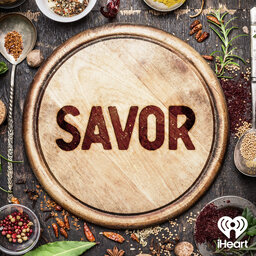Savor Classics: Butter
Since before written history, humans have been mad about butter. (Er, sometimes literally angry.) In this classic episode, we explore the slippery physics, surprising strife, and salubrious nutrition of butter (and margarine, sorta).
Learn more about your ad-choices at https://www.iheartpodcastnetwork.com
 Savor
Savor


